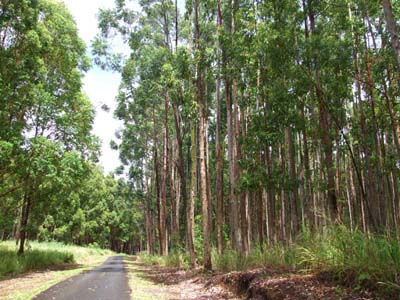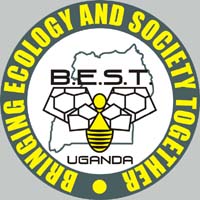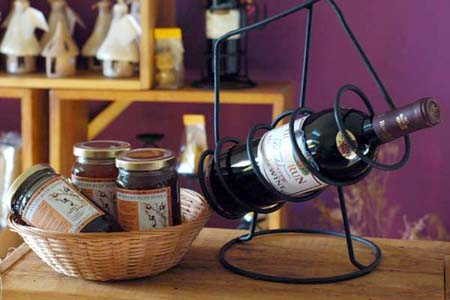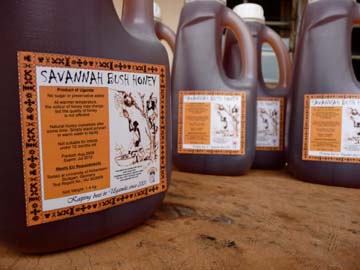Introducing Eucalyptus Honey at our boutique…………………….
Finally the test report is out and we are able to introduce a new range for our boutique, Eucalyptus honey.
In our Mellisopalynology report, pollen count shows 95.8% belonging to the Myrtaceae family. Less than 3% consist of Mango, Combretaceae, Anacardiaceae, Senecio-group and Musa. Our Eucalyptus honey is thus considered Monofloral. The enzymes (Diastase) activities detected was found to be much higher than the recommended EU Honey Legislation in Europe. This shows that the honey was filtered raw and natural and has never been heat treated or had gone through UV lights or any forms of heat energy such as microwaves. Diastase, this enzyme is responsible for converting starch to dextrins and sugars and is introduced into the honey by the bees.
The moisture contents of our Eucalyptus Honey falls below 20% and this is one of the most important aspect when buying honey. According to the EU honey standards, honey having more than 20% in moisture content determines the rate of fermentation. Unripe honey harvested are usually having a moisture content of 23% or more. It will taste sourish.
Our Eucalyptus Honey is dark amber and has an intense and persistent peppermint after taste. It crystallizes much faster are usually preferred as an excellent accompaniment to cheeses, pastries and herbal teas.
In Uganda, villagers are often seen using Eucalyptus Honey as a home remedy for mild cough and cold.
Eucalyptus Grandis or E. Grandis is well known in Uganda, being first introduced around 1912. It is commonly planted for fuelwood and poles and is an important source of income for small farmers. As other sources dwindle, E. Grandis is increasingly being recognised as a valuable source of timber too. It is easy to raise from seed and coppices vigorously when cut. Many of the E. Grandis trees in Uganda have hybridised, however, and thus it is important to use only improved seed from tree breeding programmes (mainly in Southern Africa) for commercial plantations here.
In Uganda, E. Grandis is best suited to deep soils in the cooler, moist areas – particularly in the west – around Kabarole and Bushenyi, in the West Nile region and in the south-west (Kabale). On suitable sites and with good management, E. Grandis can grow extremely quickly: Mean Annual Increments of over 50 m3/ha/yr can be achieved in such areas, though an average of 25-35 m3/ha/yr is more likely. Rotations of 8-15 years are expected for the production of sawlogs and large poles.
3 Comments »
Leave a comment
-
Archives
- June 2011 (2)
- May 2011 (2)
- April 2011 (2)
- March 2011 (1)
- January 2011 (3)
- December 2010 (1)
- November 2010 (3)
- October 2010 (8)
- September 2010 (1)
- August 2010 (1)
- July 2010 (3)
- May 2010 (2)
-
Categories
-
RSS
Entries RSS
Comments RSS











I need to know more about honey. Eucalyptus honey and bee honey.
Where can i find someone to assist me.
Thank you.
Suleiman
Do you ship product to Canada ?
If so , what is the cost of one of your jars of Honey and how much would shipping be to Toronto, Canada.
Hopefully more individuals will produce products and crops which in turn will not only provide food and funds, but also a variety of blooms and flowers for new beekeepers.
Bamboric.